Black Heritage: Narratives of Diaspora (Online Gallery)
From 16 October - 10 November, we hosted a free exhibition of diasporic items to celebrate Black History Month.
LU Arts collaborated with Dr. Kerri Akiwowo, Senior Lecturer in Textiles (School of Design and Creative Arts), to conceive a project that, through the presentation of objects and stories, celebrated and reflected the diverse diasporas of Black staff, postgraduates, Doctoral Researchers, and alumni.
A variety of diasporic objects had been submitted for inclusion in this Black History Month exhibition. These objects were displayed alongside explanations of their significance, detailing what each object represented, its personal meaning to the owner, and its connection to their diaspora. Physical objects, whether owned or collected, including ceramics, artwork, and textiles, were exhibited within a specially designed display structure, which are now available below in our online gallery.
Online Gallery
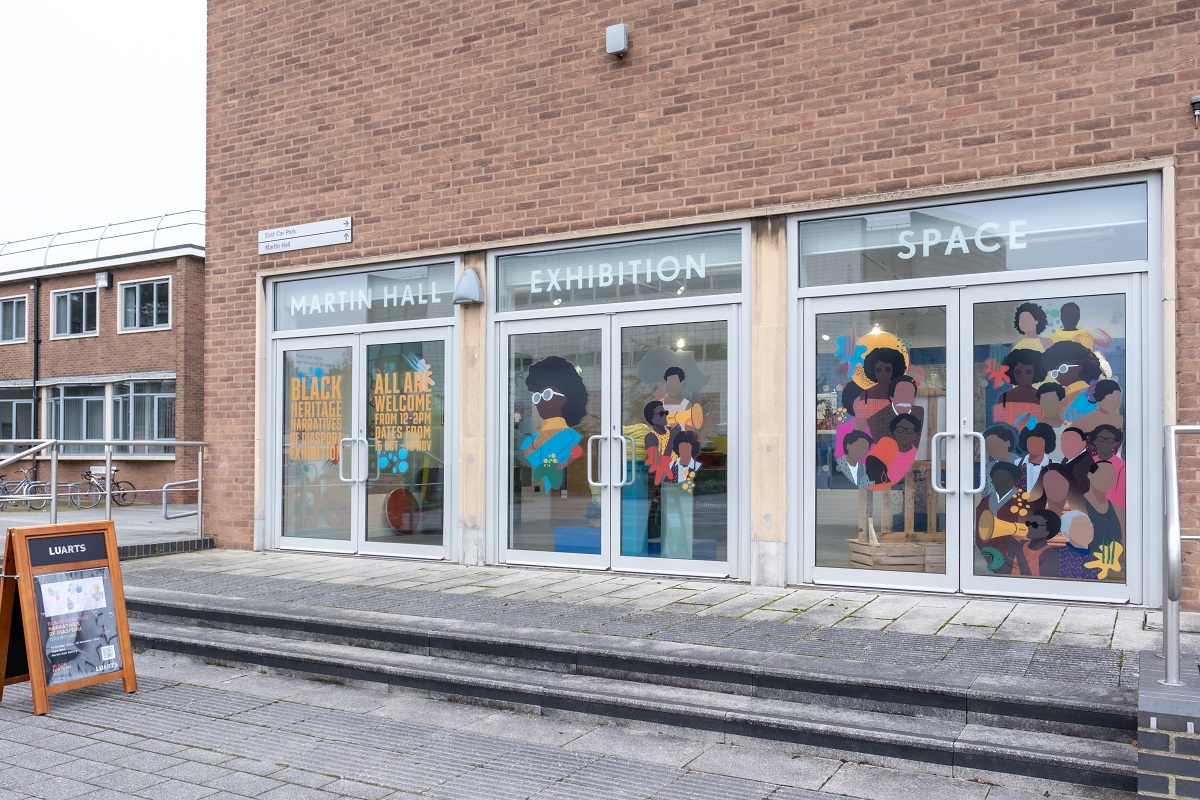
Cultural Threads: Weaving the Stories of The Black Diaspora
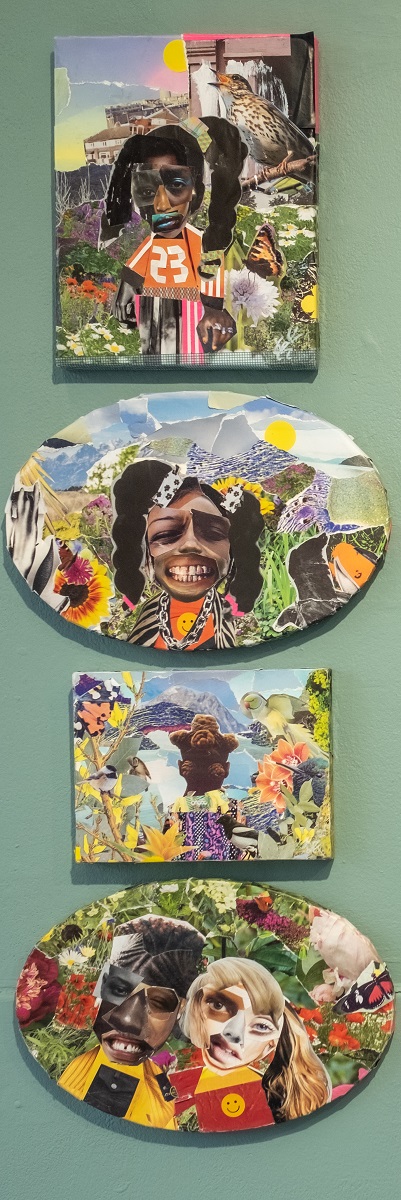
Kids in Nature
Derek Roberts // Director // Product Graphic Designer // Textile Design Alumnus
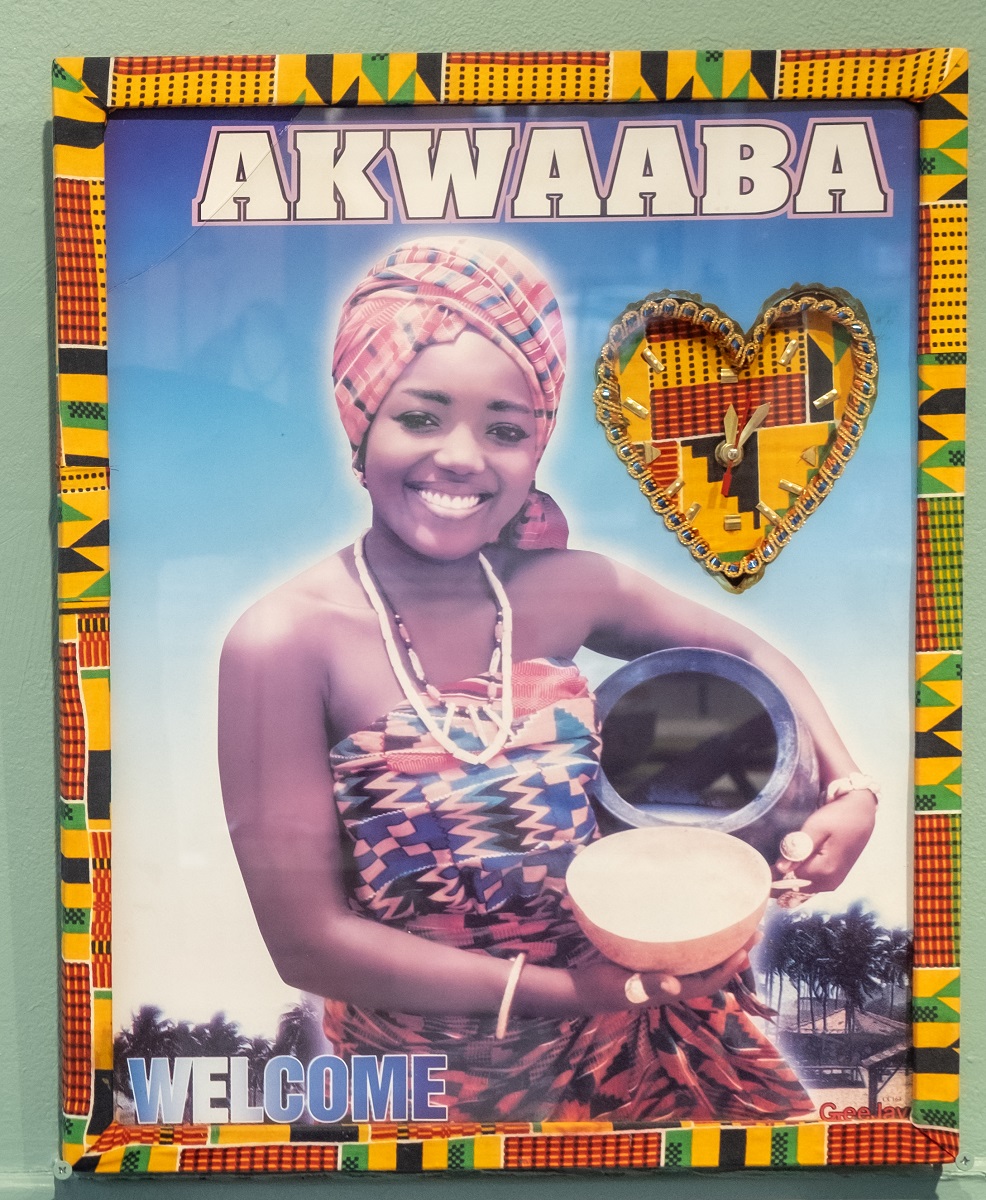
Akwaaba
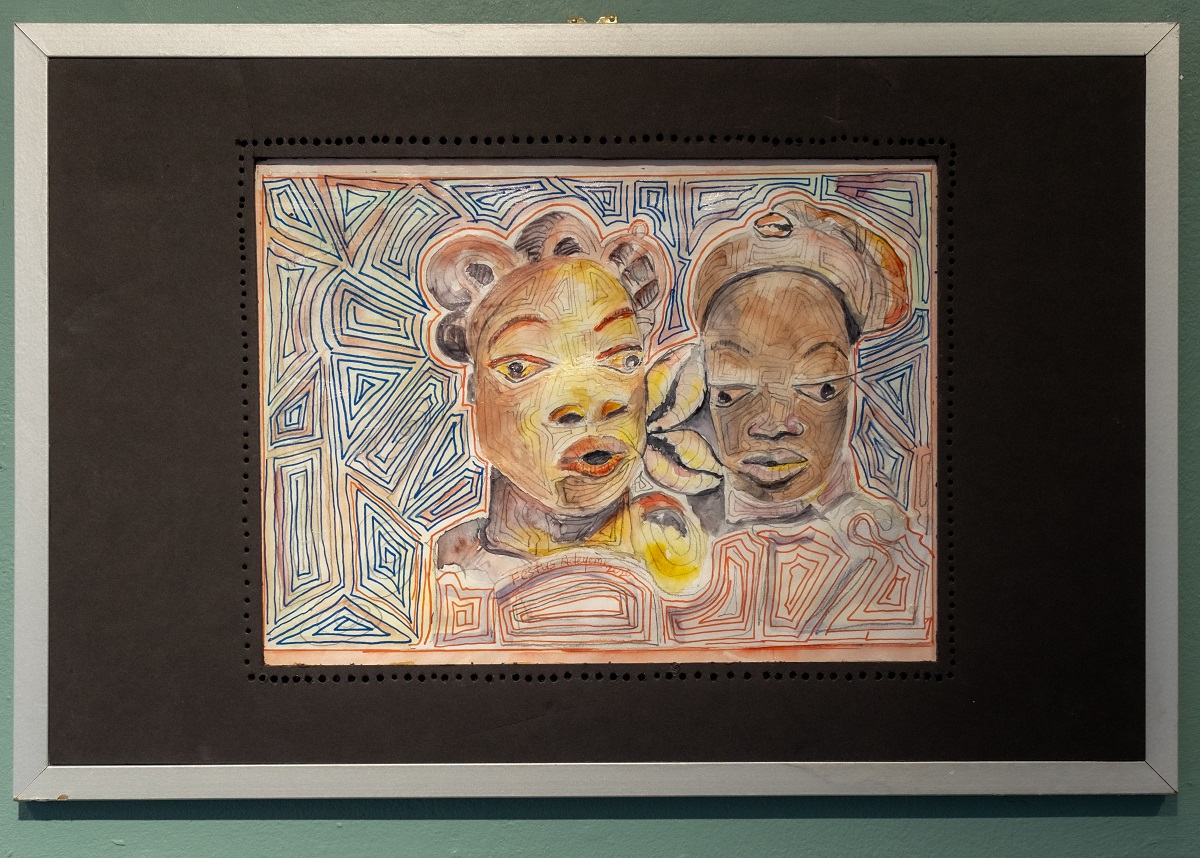
Nok Art / Culture
Festus Adeyemi // PhD Candidate // Design and Creative Arts
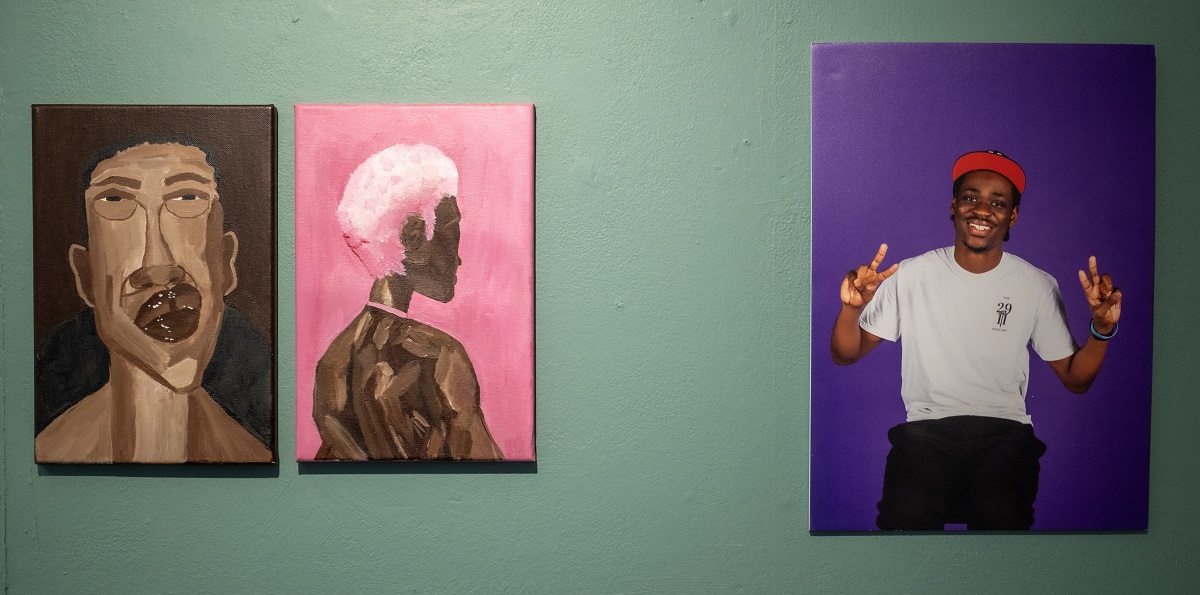
Portraits
Aleida Hammond // Fine Art Alumna // Design and Creative Arts
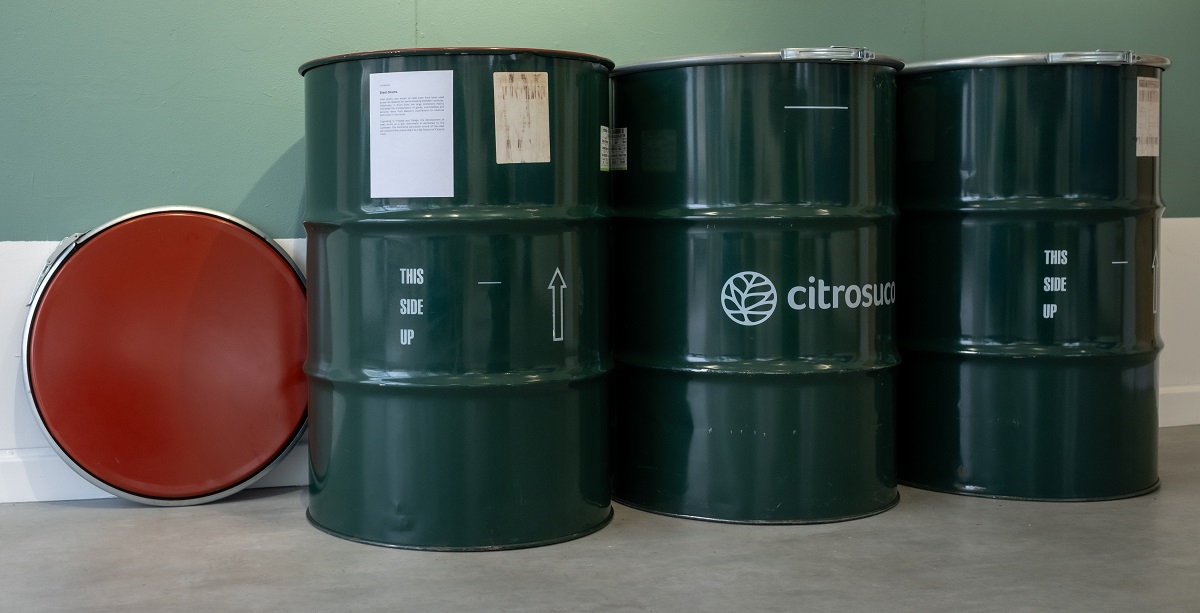
Steel Drums
Curatorial
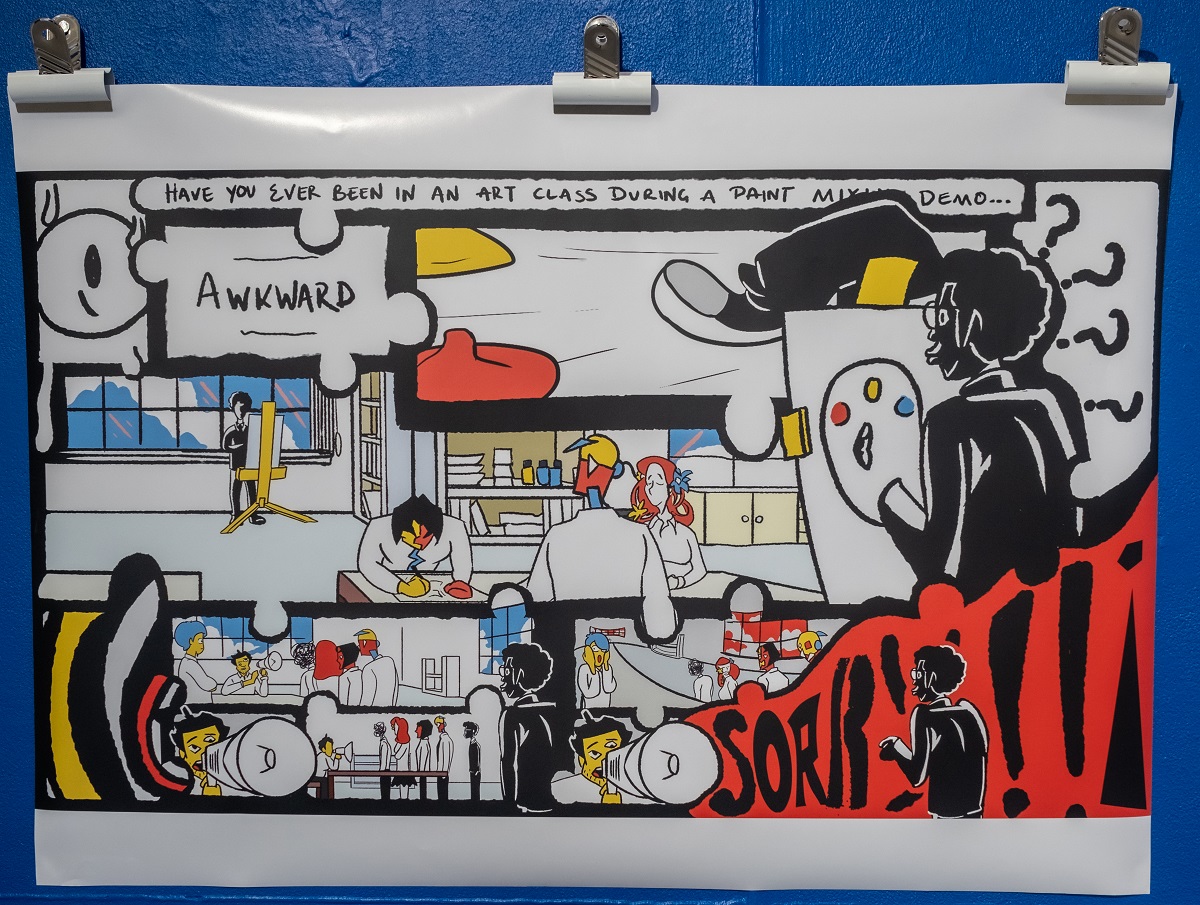
Awkward
O Haruna // Doctoral Researcher // Postgraduate University Teacher // Design and Creative Arts
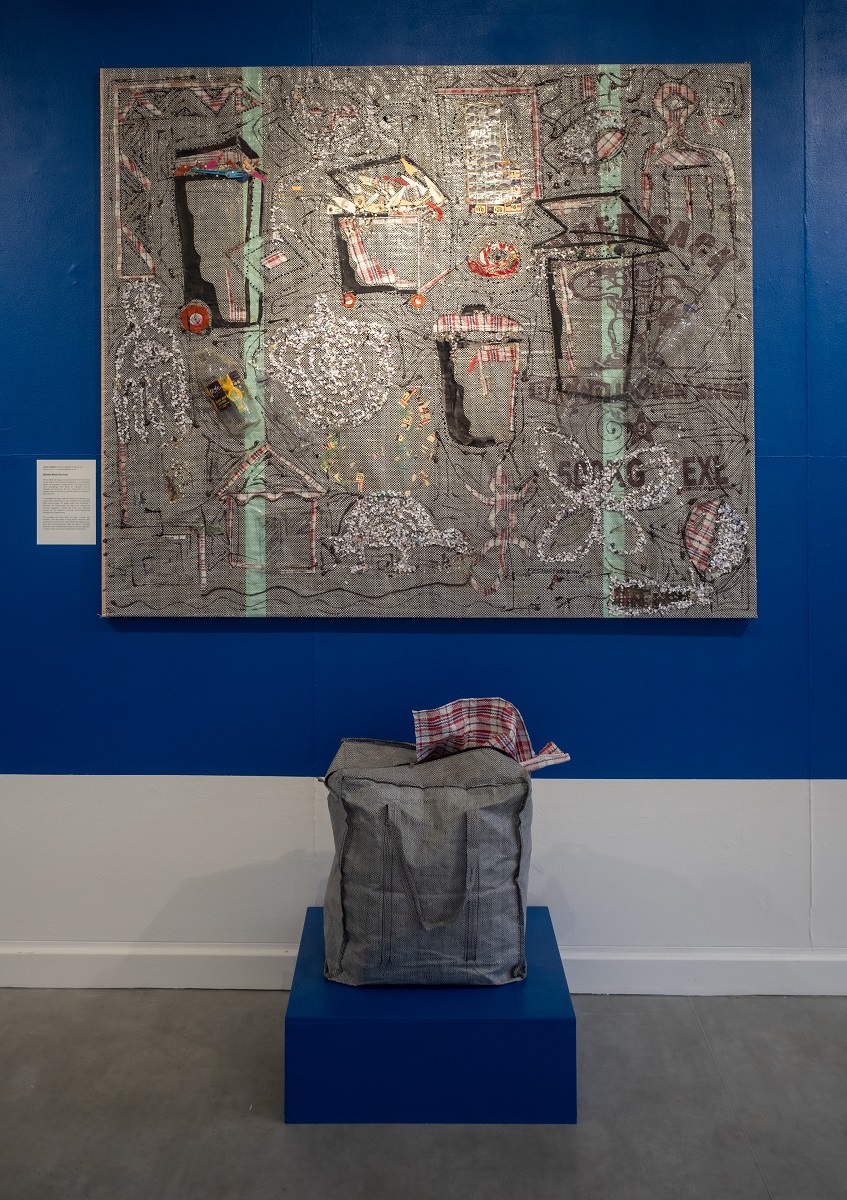
Ghana Must Go Icon
Festus Adeyemi // PhD Candidate // Design and Creative Arts
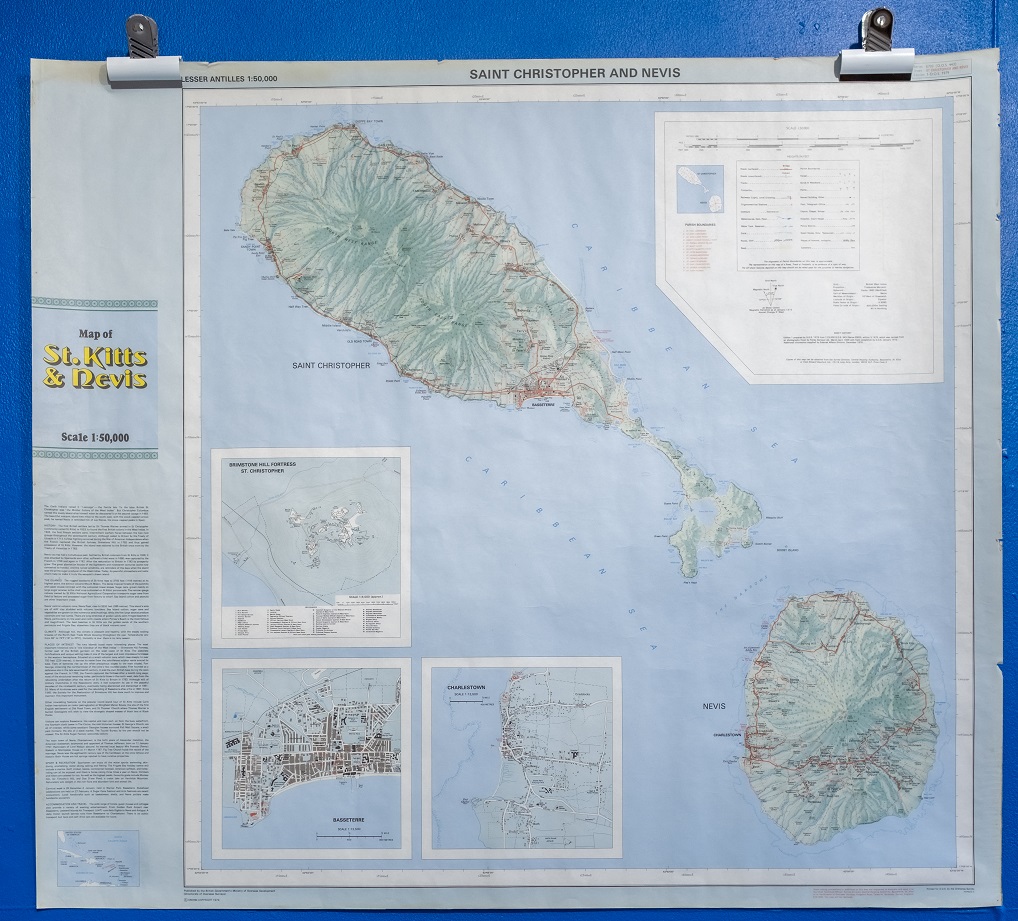
Map of St. Kitts & Nevis
Jenny Prendergast // Lecturer in Fashion // Design and Creative Arts
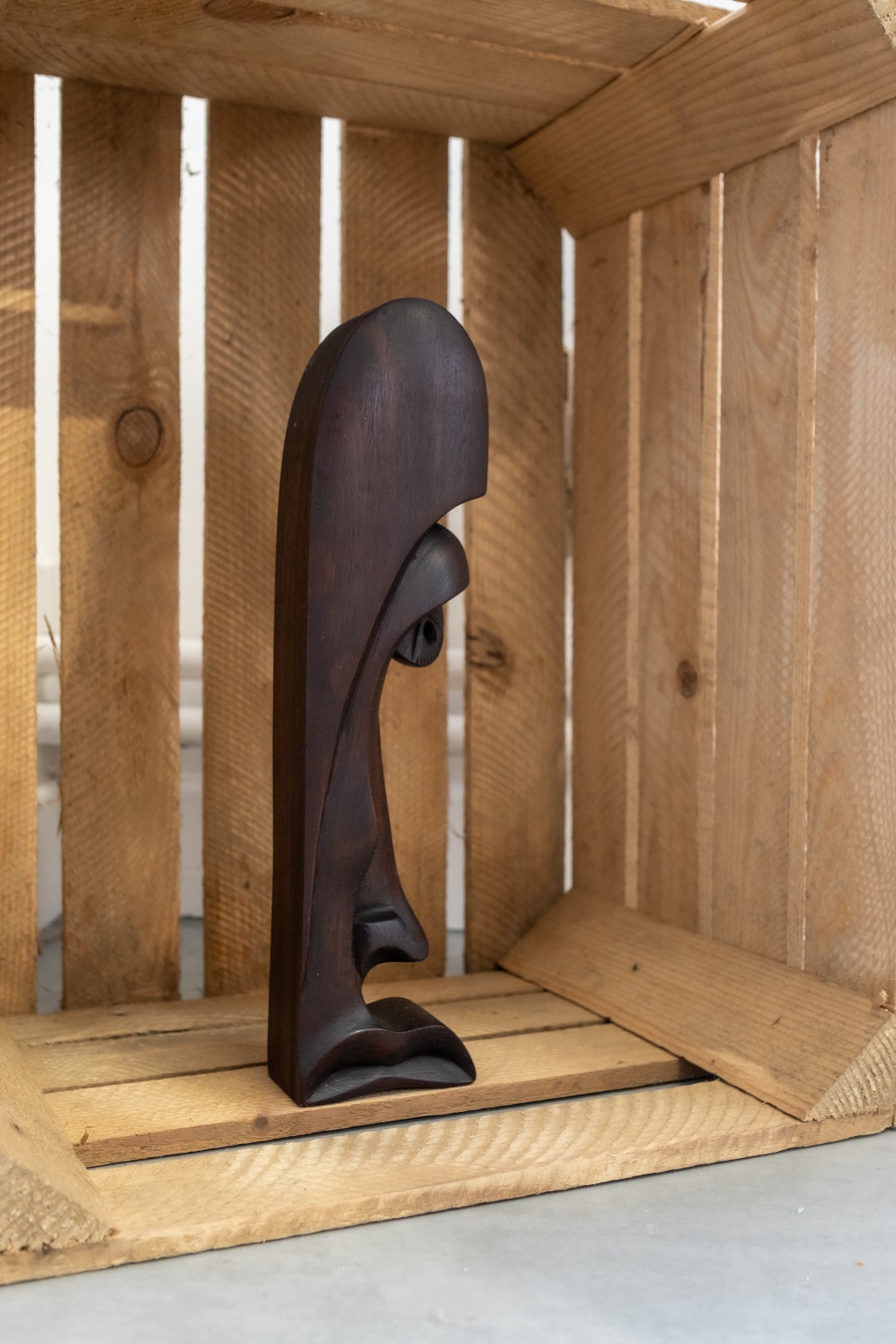
Handmade Wood Carving
Curatorial // 1941 P. Vincent, Trinidad
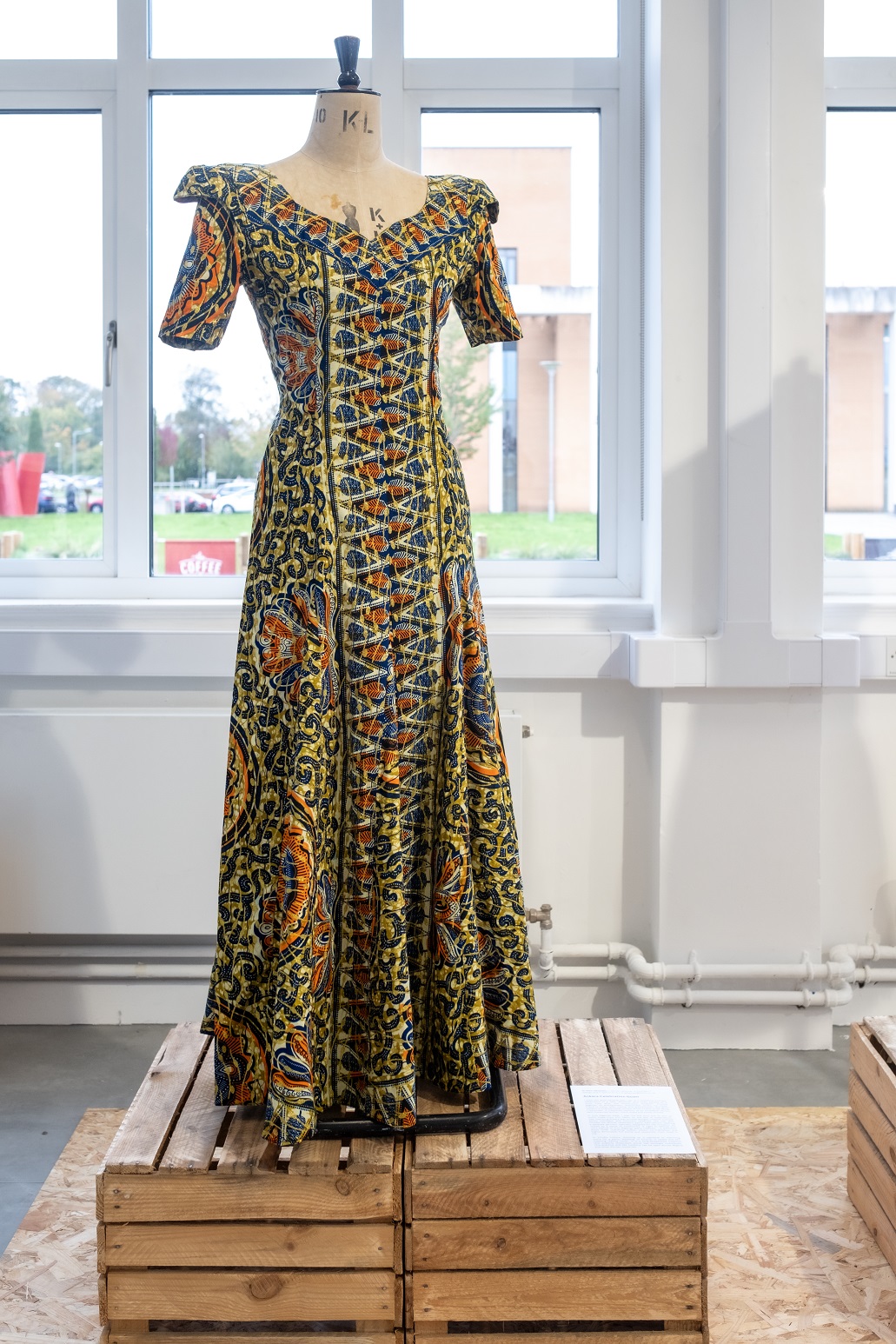
Ankara Celebration Gown
Dr Kerri Akiwowo // Senior Lecturer in Textiles // Design and Creative Arts
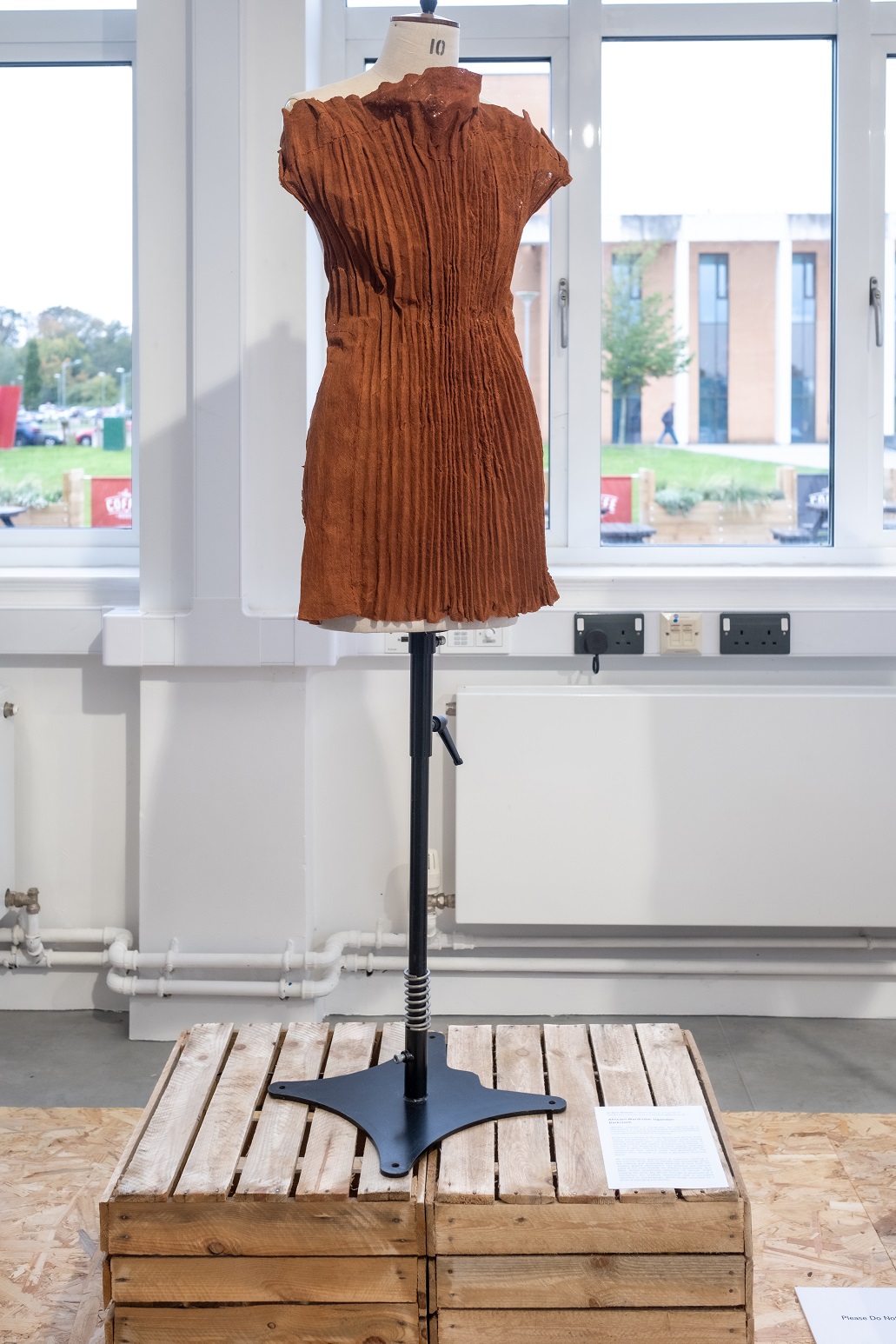
Africani Wardrobe: Ugandan Barkcloth
Dr Kerri Akiwowo // Senior Lecturer in Textiles // Design and Creative Arts
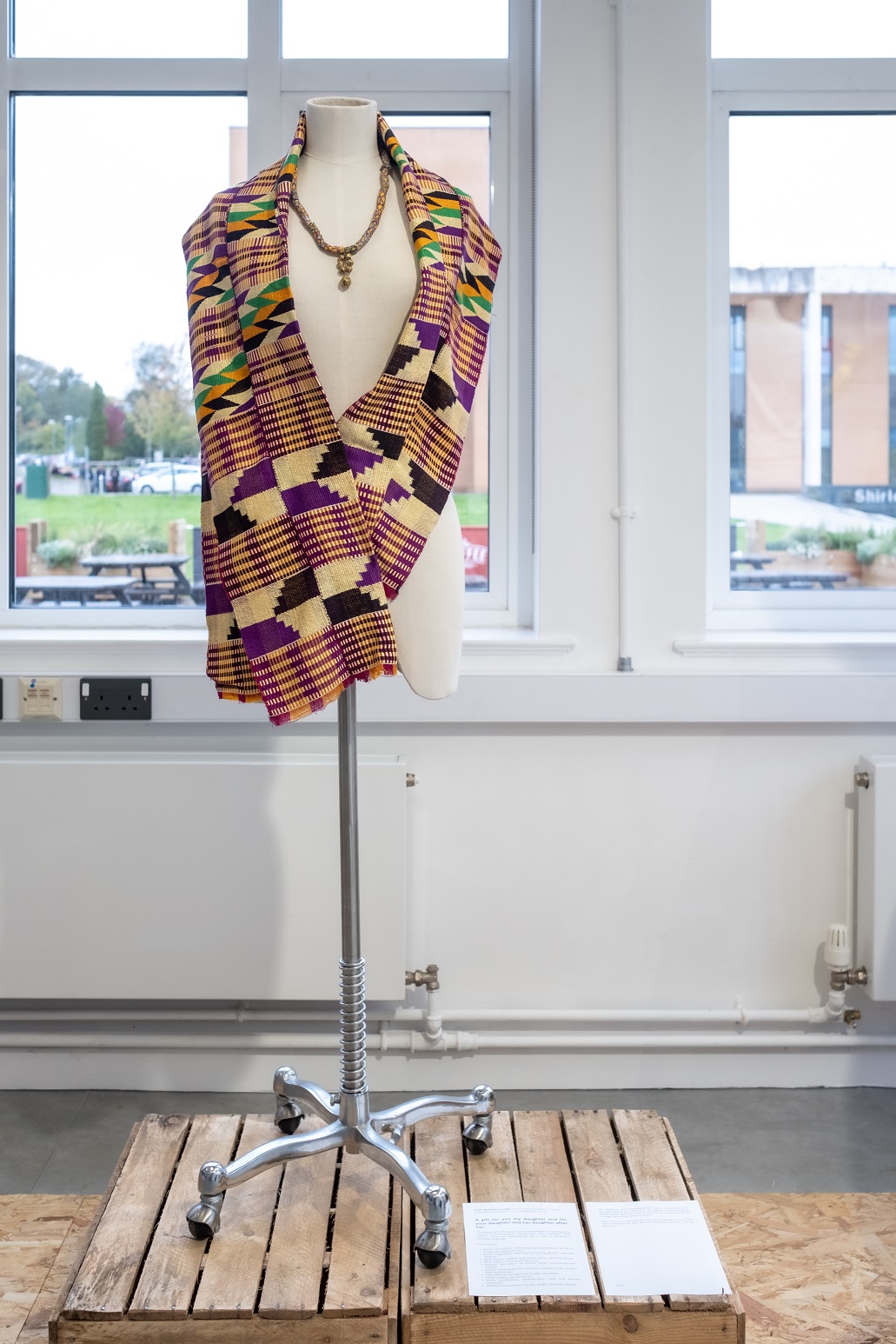
A gift for you my daughter and for your daughter and her daughter after her
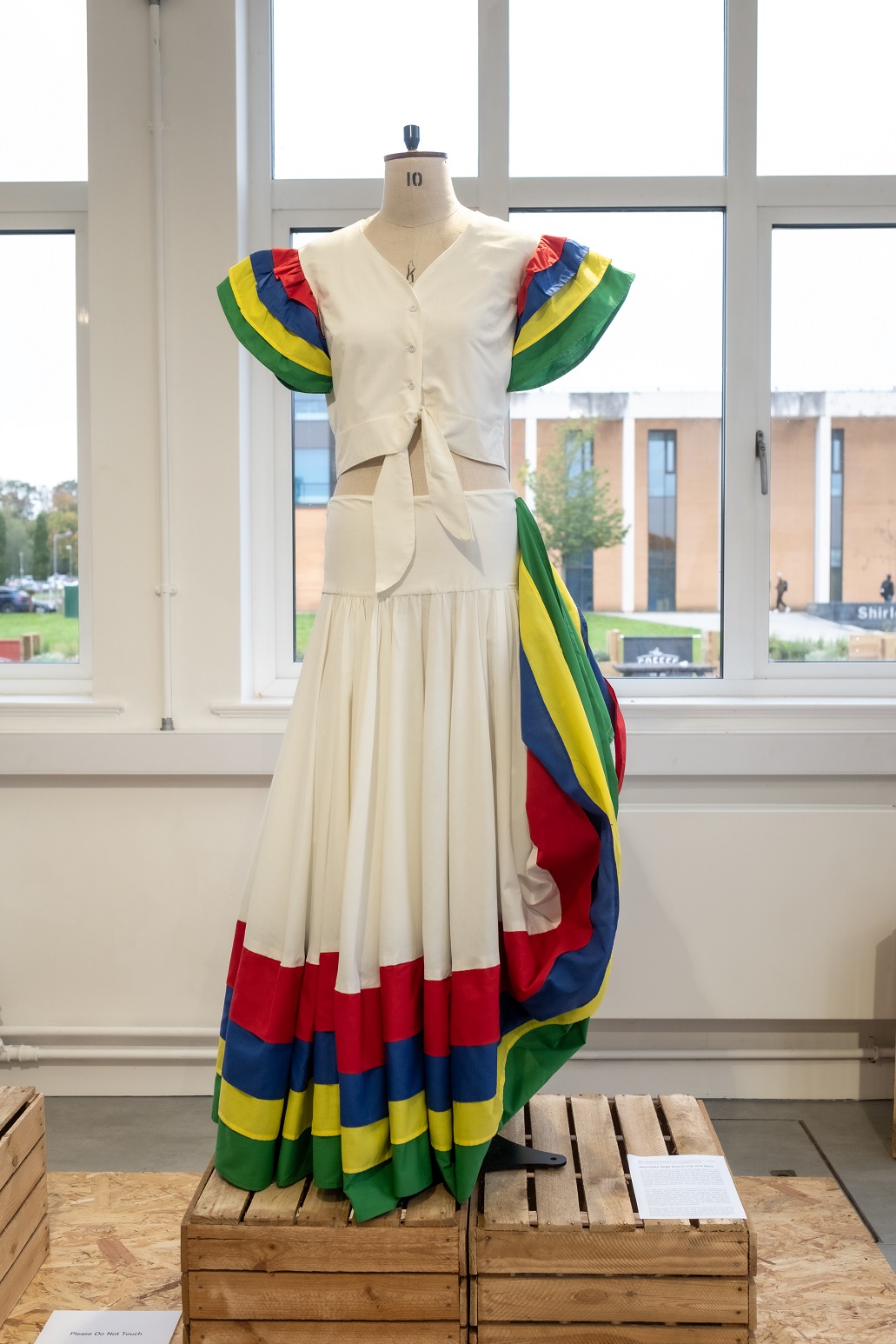
Mauritian Sega Dance Top and Skirt
Bibi Samshad Duman // Doctoral Researcher // Design and Creative Arts
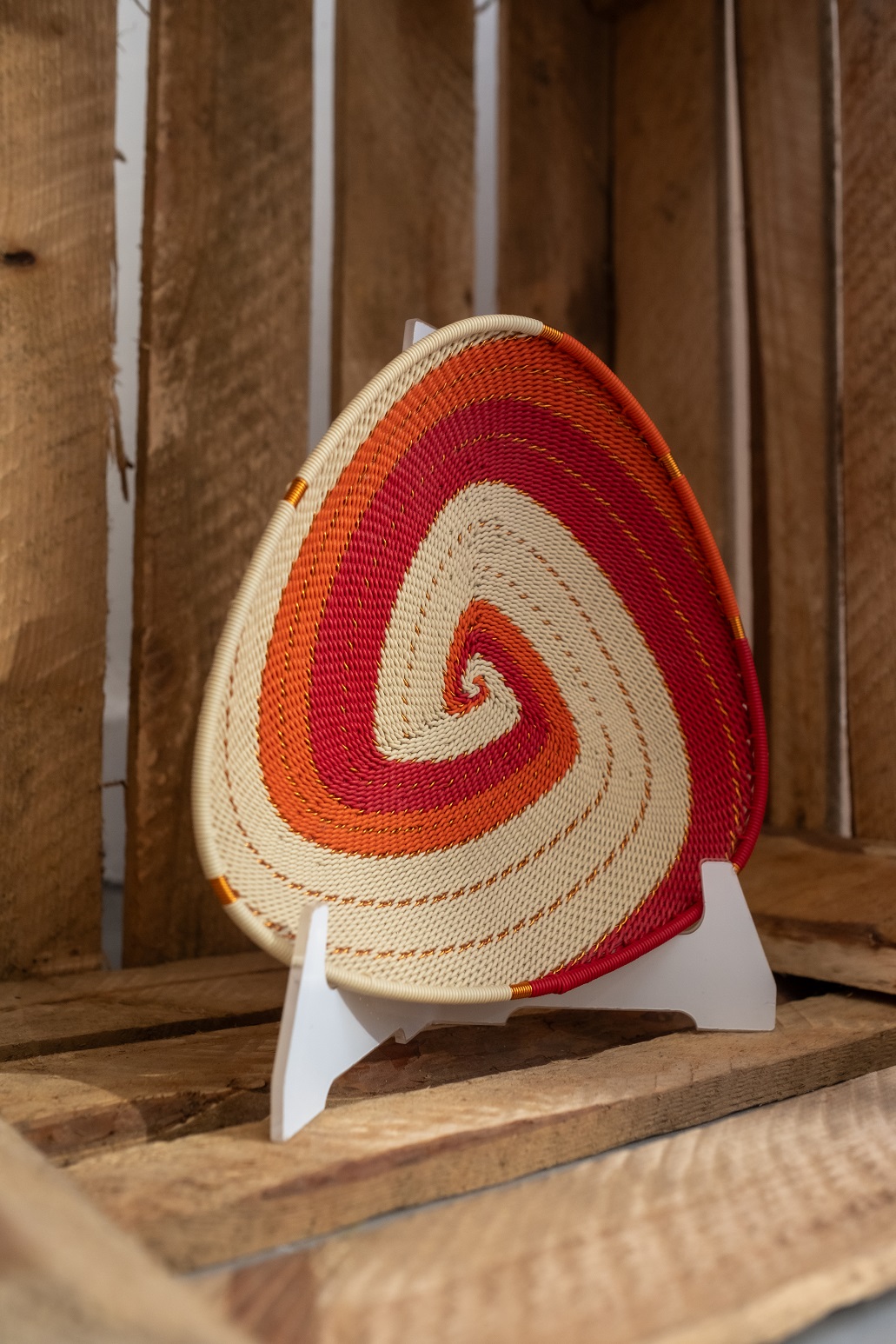
Handmade Telephone Wire Bowl, Zulu, South Africa
Items like this are an extension of a history of basket weaving in South Africa. Artisans use leftover telephone wire to create vibrant woven products such as homewares and novelty animals.
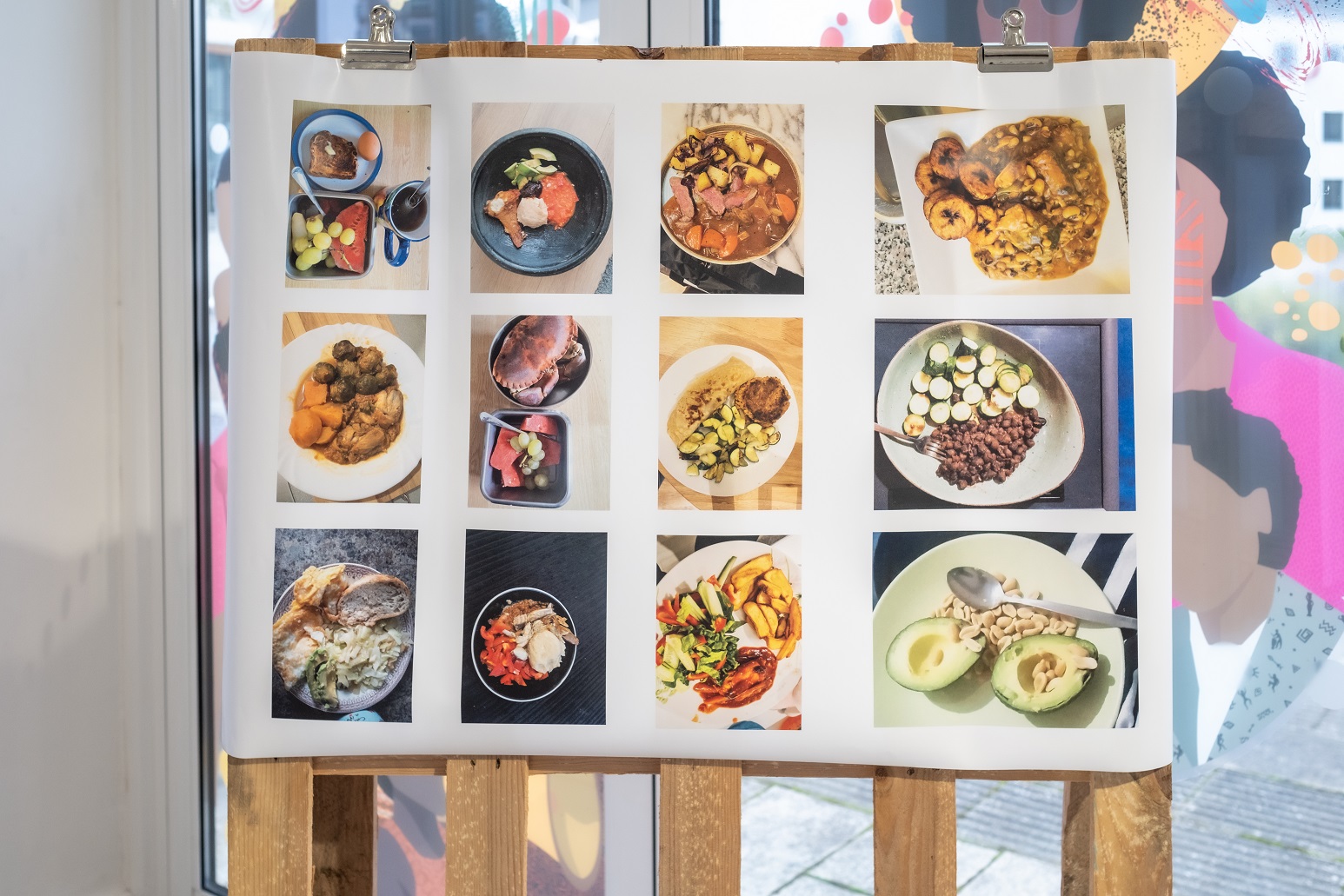
Immigrant Women's Cooking
Dr Hibbah Osei-Kwasi // Lecturer // Sport Exercise and Health Sciences
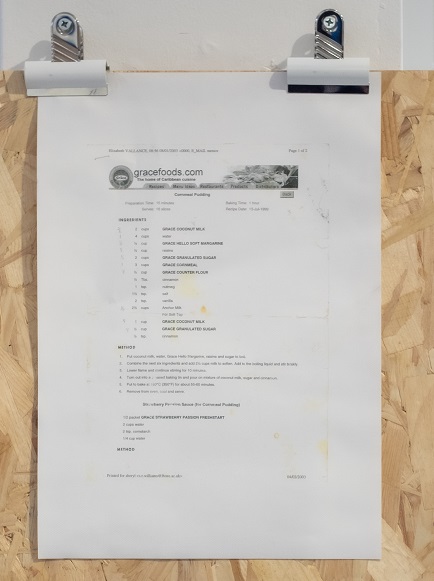
A Taste of Jamaica
Prof Sheryl Williams and Dr Norline Martin-Atkins (Alumna) Prof Sheryl Williams // Engineering, Education Technology // Mechanical, Electrical and Manufacturing Engineering
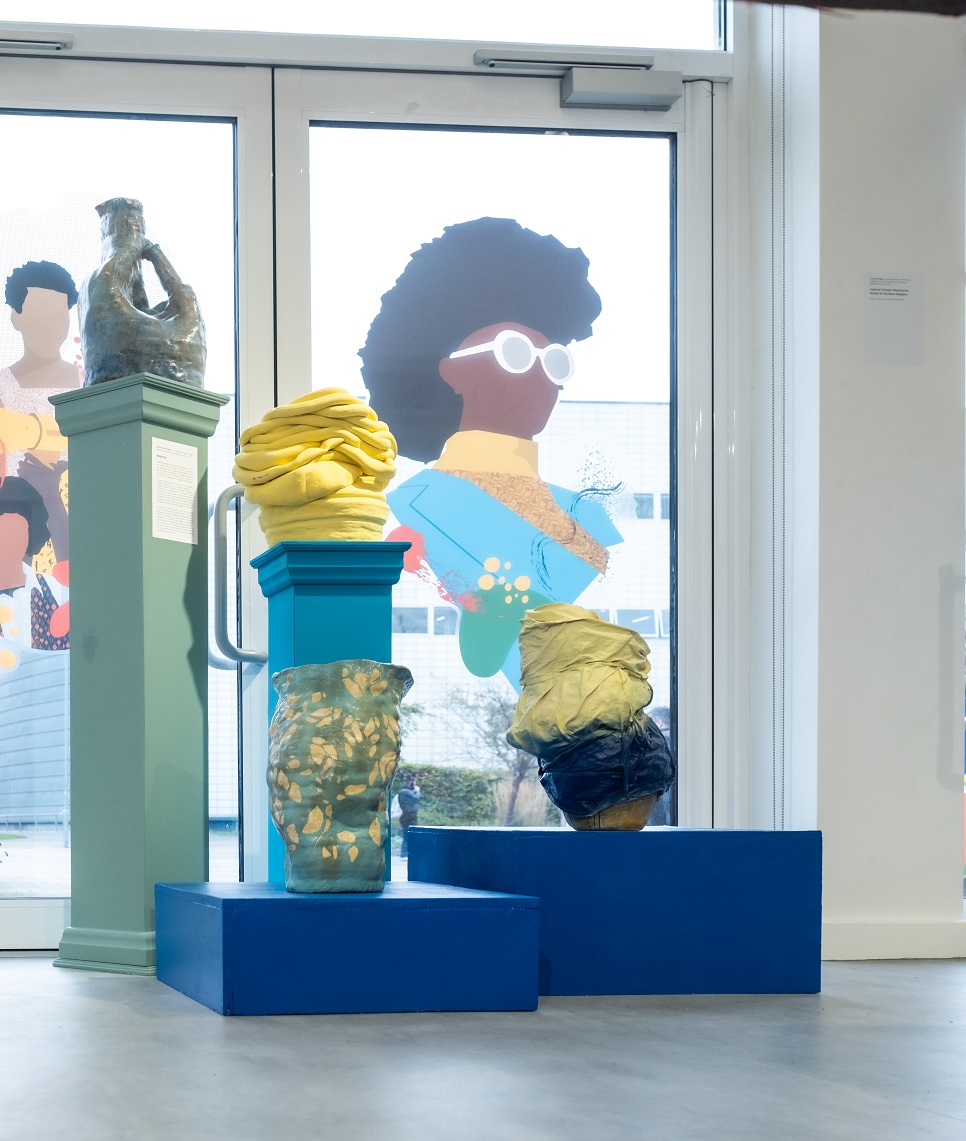
Weighted
Worthy Clever-Egbedi // Postgraduate // Textile Design Alumna
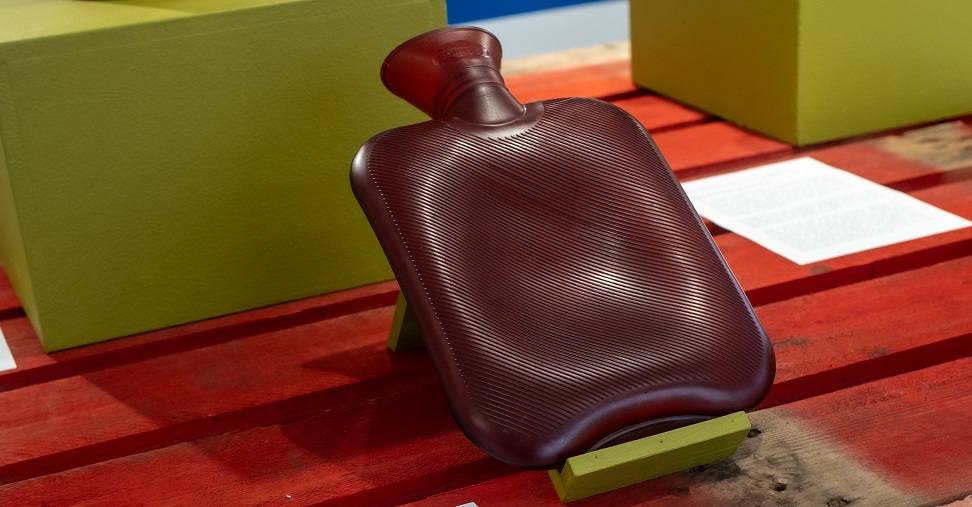
Hot Water Bottle
Denise Coles // Equity, Diversity and Inclusion Manager // Vice-Chancellors Office
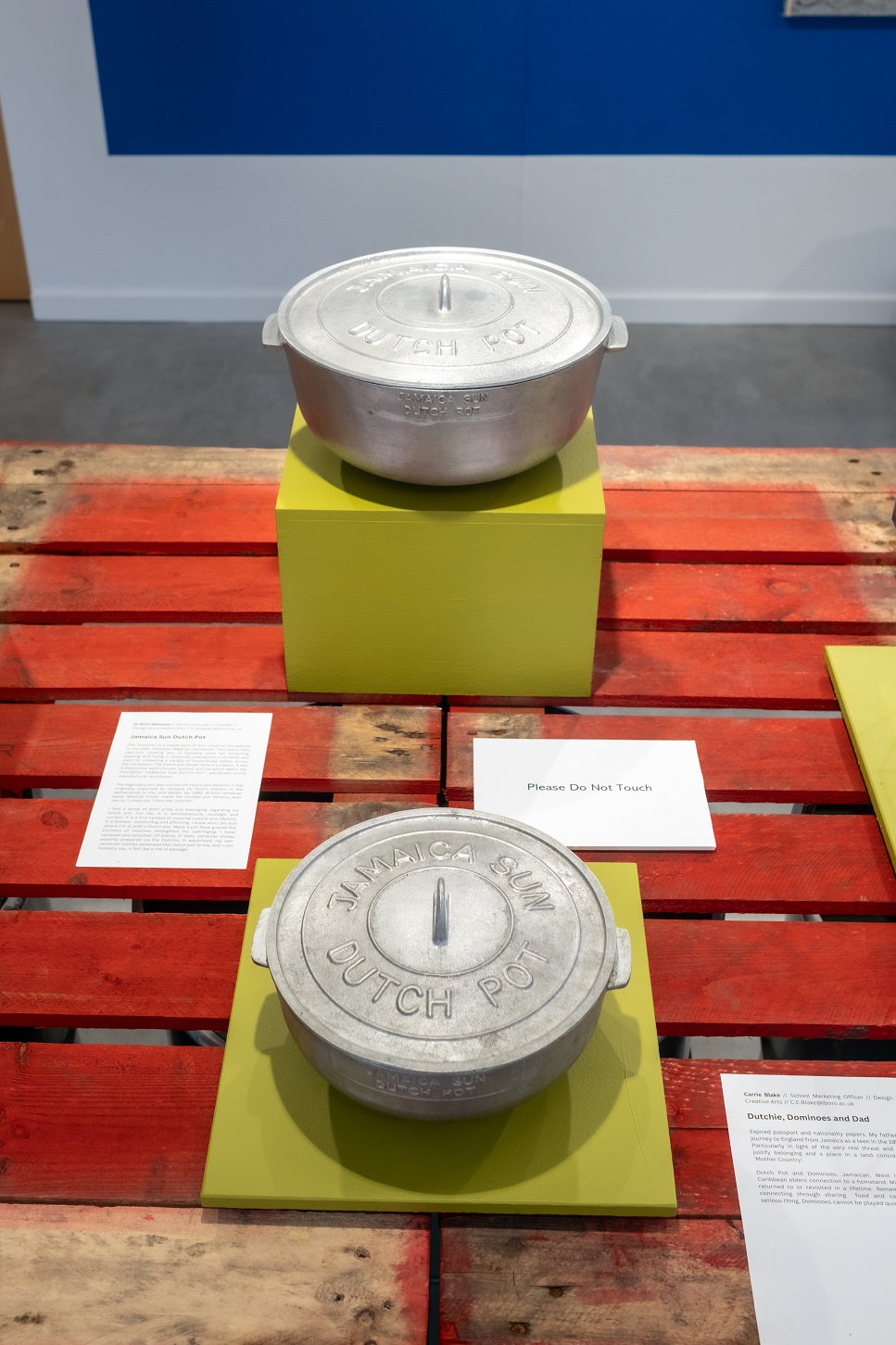
Jamaica Sun Dutch Pot
Dr Kerri Akiwowo // Senior Lecturer in Textiles // Design and Creative Arts
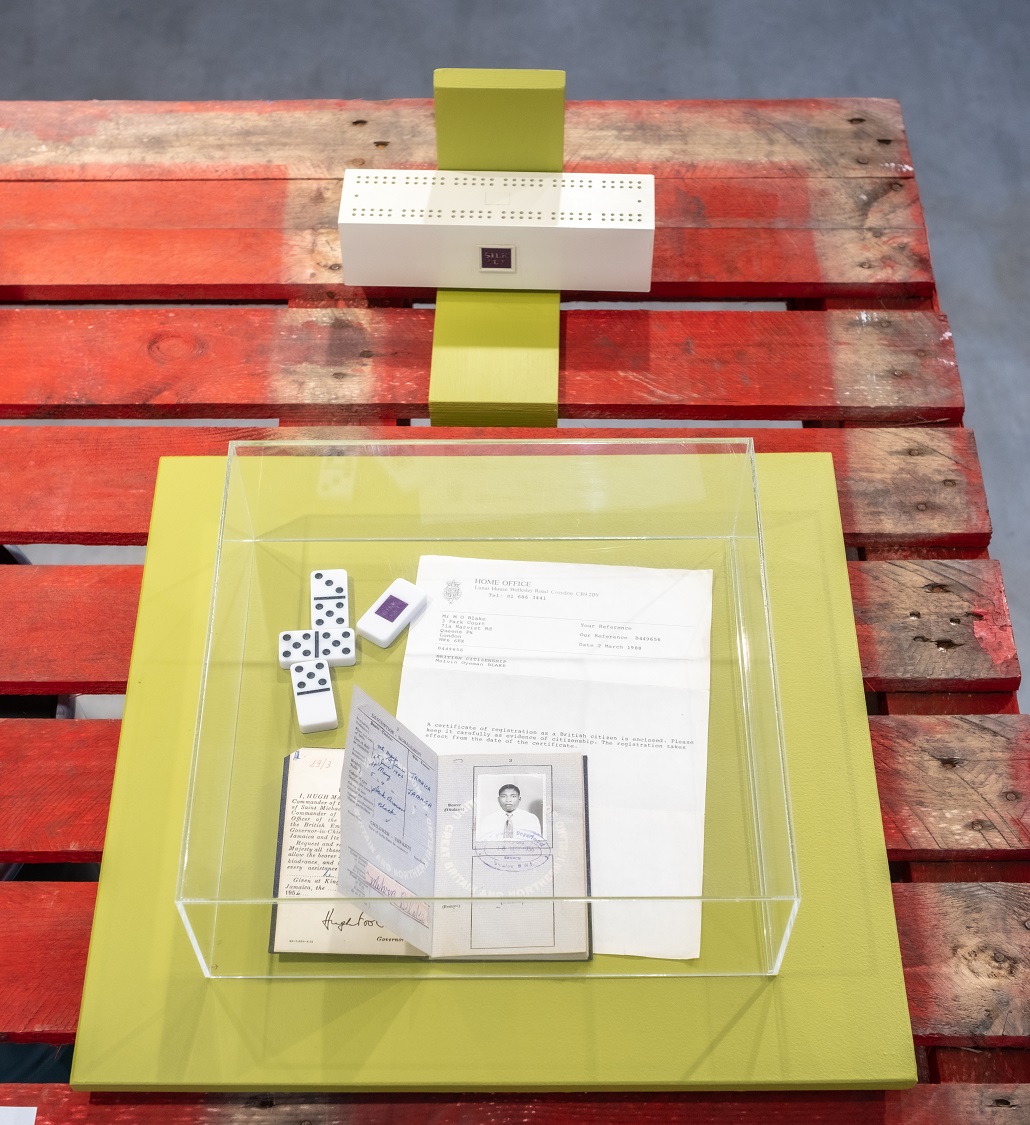
Dutchie, Dominoes and Dad
Carrie Blake // School Marketing Officer // Design and Creative Arts
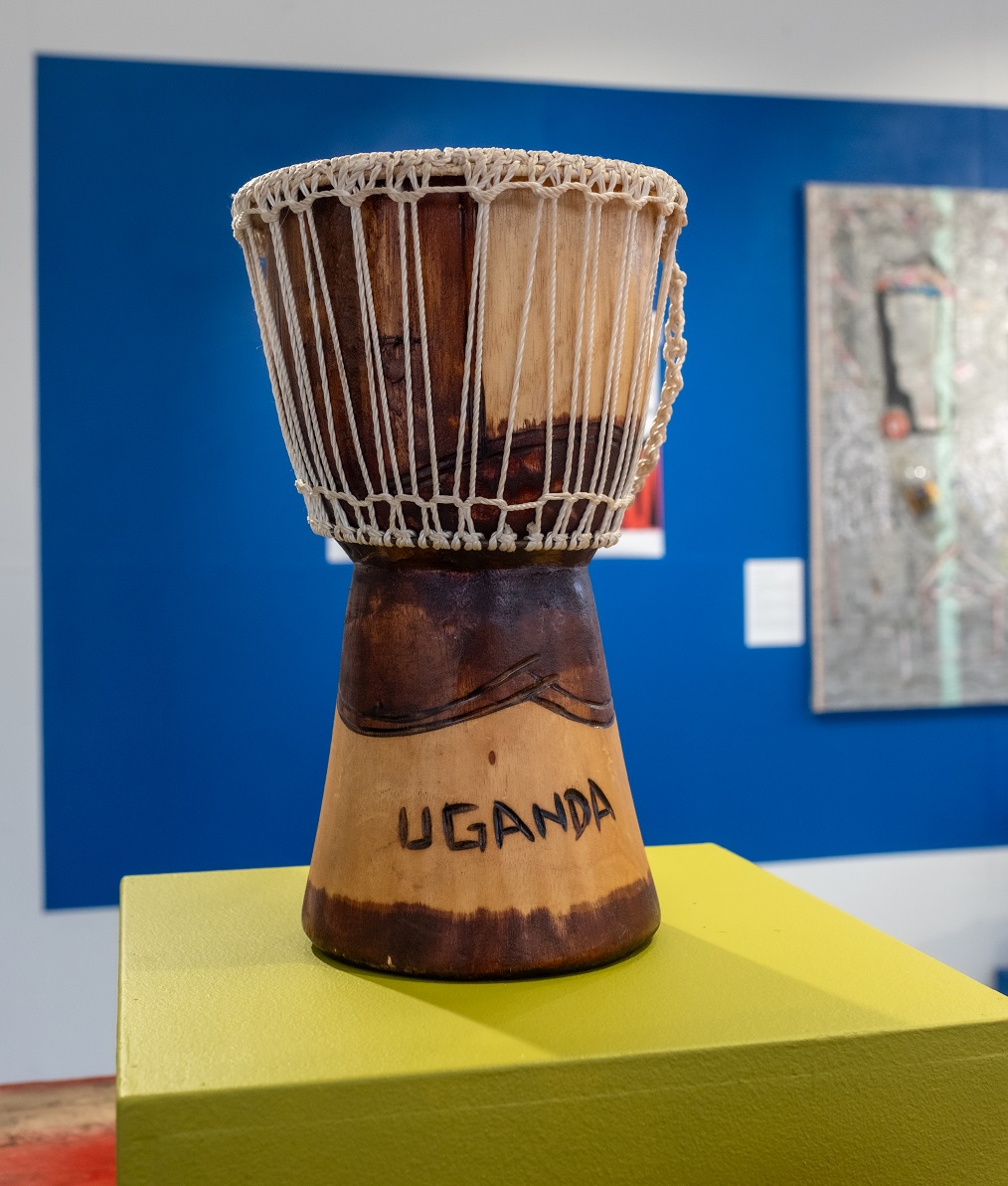
Drum (Uganda)
Dr Chidinma Okorie // Projects Officer // Organisational Development